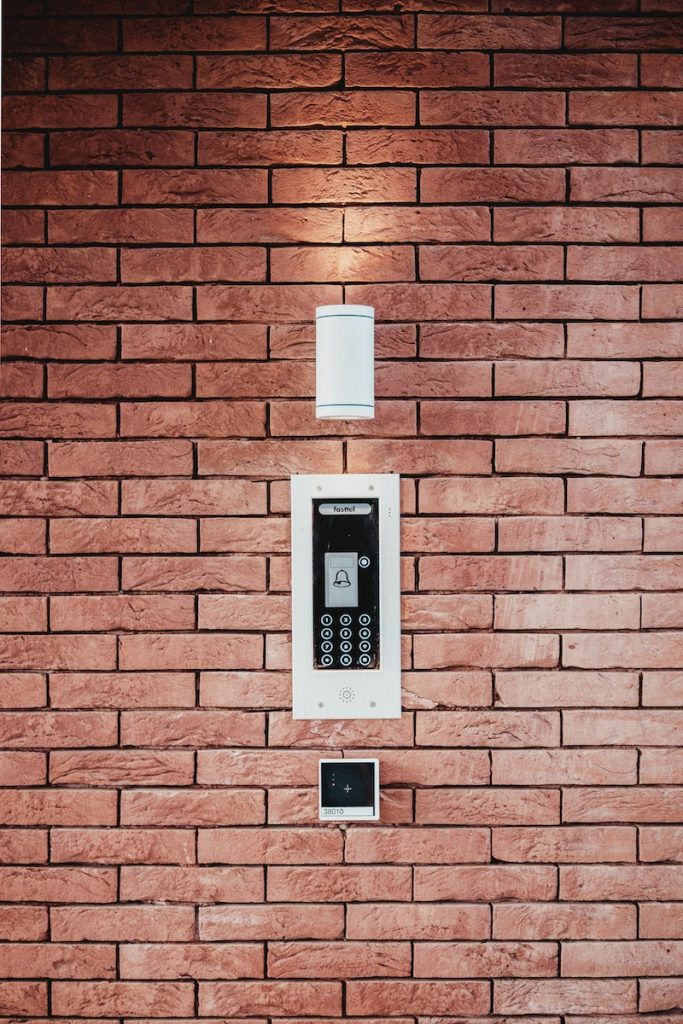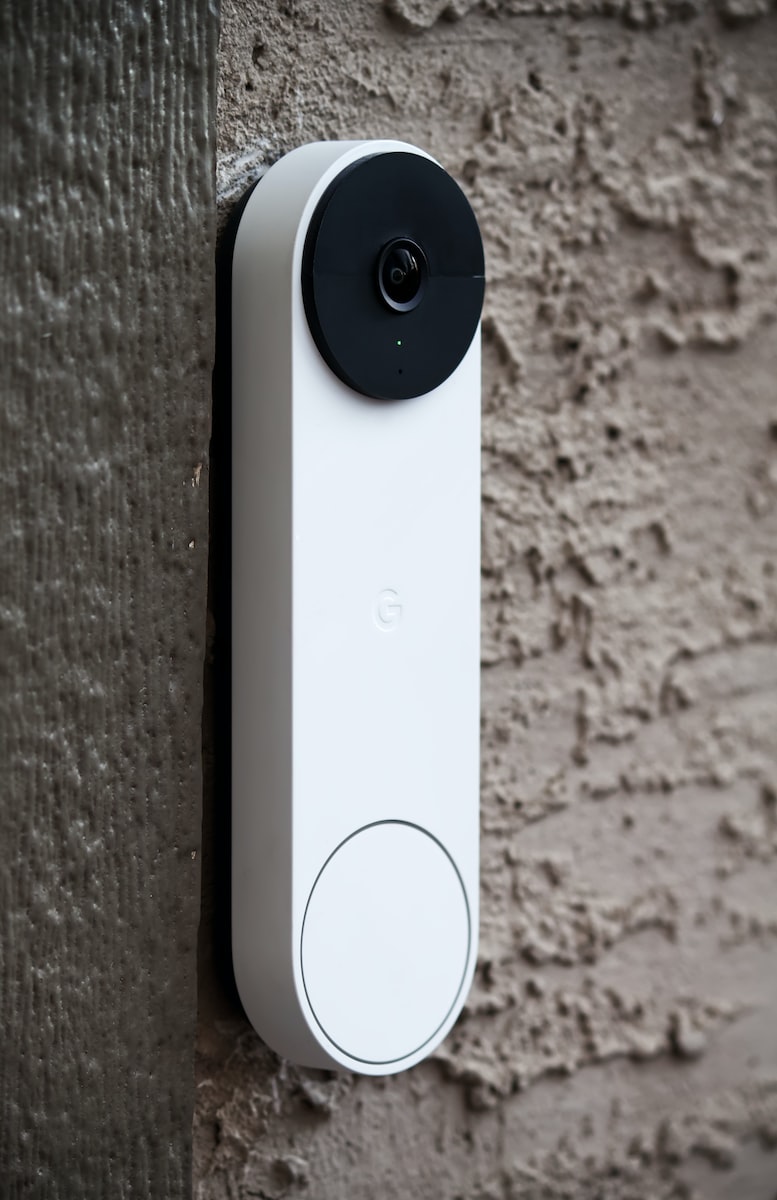Table of Contents
- Introduction to home security doorbell options
- Types of home security doorbells
- Choosing the best home security doorbell
- Where to purchase home security doorbells
- Installing a home security doorbell
- Conclusion
- Frequently Asked Questions
Introduction to home security doorbell options
Home security has become an important concern for many homeowners. One effective way to enhance the security of your home is by installing a home security doorbell. These doorbells not only provide the convenience of being able to see and communicate with visitors before opening the door but also act as an extra layer of security by alerting you of anyone approaching your front door.
Home security doorbells are available in various types, from basic doorbells with built-in cameras to more advanced doorbells with features such as motion detection, night vision, and two-way audio. With so many options to choose from, it can be overwhelming to determine which doorbell is the best fit for your home.
In this blog, we will discuss the different types of home security doorbells, and tips to help you choose the best for your needs. Additionally, we will provide suggestions on where to purchase a home security doorbell and a step-by-step overview of how to install one.
Whether you’re looking to improve the security of your home, or just to see who’s at the door, this guide will help you make an informed decision.
Types of home security doorbells

With the continual advancement of technology, home security doorbells have become an invaluable resource for protecting one’s home. These devices now come in a wide variety of options, providing varying levels of protection and convenience.
One type of doorbell is a wireless model that connects to your existing Wi-Fi network and sends notifications whenever someone the door. Some models come with an integrated camera, which allows you to see who is at the door before answering it.
There are also hardwired versions that can be connected directly to an existing power source, offering greater reliability and better range than wireless models. Whatever your needs and preferences may be, there’s no doubt that there is a home security doorbell available on the market today to meet them.
Whether you choose a wireless or hardwired version, investing in some form of secured access will provide peace of mind and serve as an extra layer of protection against potential intruders.
Choosing the best home security doorbell
When selecting a home security doorbell, there are several important factors to consider.
The first factor is installation. Before making any purchases, it is important to decide if you would prefer a wired or wireless system and factor in the associated installation costs.
Another factor to consider is budget. Home security solutions vary widely in price, from more affordable DIY systems to comprehensive high-end packages.
Thirdly, it’s important to determine what type of features you desire. Do you wish for a system that includes notifications about visitors? Are you looking for night vision capabilities or facial recognition software?
Finally, be sure to carefully review the warranty and any return policies that apply before making your purchase.
By keeping these points in mind when shopping for a home security doorbell, you’ll be sure to find one that fits both your needs and budget.
Where to purchase home security doorbells
Purchasing a home security doorbell is an effective way to increase the safety of your home. Fortunately, there are many reputable retailers that offer these products both in-store and online. Depending on your budget, it may be worth looking into purchasing packages that include additional features such as motion sensors and security cameras.
You can check out Google Nest doorbell, which offers features like facial recognition and motion detection. There’s also Arlo’s video doorbell, which allows for two-way audio and has a built-in siren that can be triggered in the event of an emergency.
Eufy also has a doorbell that doubles as an alarm system, plus additional home security products like indoor and outdoor cameras. An affordable alternative is Ring’s video doorbell, which includes a camera and two-way audio capability.
With the right selection process and some research, you’ll be able to find a home security doorbell that meets both your safety needs and budget. Purchasing a home security doorbell is one of the best investments you can make for your household’s protection and peace of mind.
Installing a home security doorbell
Installing a home security doorbell is a straightforward process that can be completed in just a few steps.
For the best results, start by checking the wiring compatibility of the doorbell you purchased and ensuring it’s compatible with your existing system. Next, mount the doorbell on a wall or post near your front entrance and drill into the surface if required.
After mounting the doorbell, attach it to its power source and connect it to your Wi-Fi network. Finally, download the app and follow the provided instructions to complete the setup.
If you’re not comfortable performing the installation yourself, it may be worth considering a professional installation service offered by your retailer or product manufacturer. With professional assistance, you can rest assured that your home security doorbell has been installed correctly for optimal performance.
Once your doorbell is installed, it’s important to test its performance and make sure all its features are working properly. This can be done by having family members or friends stand in front of the doorbell while you check the video feed from inside the home.
You should also check for any signs of latency when using the two-way audio and motion detection features. If everything appears to be working properly, you’re ready to start using your new home security doorbell.
Conclusion
Home security doorbells are an effective way to enhance the security of your home and provide convenience. With various types of doorbells available, from basic to advanced, it is important to consider what features you need and what you’re looking to get out of a home security doorbell.
By understanding the different types of home security doorbells, tips to choose the best one for your needs, and suggestions on where to purchase them, you can make an informed decision when purchasing one. Additionally, knowing how to install a home security doorbell can make the process simple and easy.
By following the guidelines outlined in this guide, you can have peace of mind knowing your home is secure with the added convenience of a home security doorbell.
Frequently Asked Questions
The best home security doorbell options on the market are those that are equipped with advanced features, such as motion detection and two-way audio so you can hear and speak to visitors from inside your home.
Additionally, look for doorbells that offer night vision capabilities to ensure you get a clear picture even in low-light conditions. Finally, many smart doorbells now come with cloud storage, allowing you to store and access video footage from anywhere.
The primary benefit of using a home security doorbell is the added layer of protection that it provides. You can keep an eye on who is at your front door from anywhere in the world, enabling you to detect suspicious activities and alert authorities if needed.
The main downside to using a home security doorbell is the cost associated with installing and maintaining it. Some doorbells may also require professional installation in order to ensure that they work properly.
The cost of a home security doorbell can vary depending on the features and brand you choose. Generally, you can expect to pay anywhere from $50 to over $200 for a quality doorbell.
The installation process for a home security doorbell will depend on the model and features you choose. Some doorbells are designed to be installed easily with just a screwdriver and your Wi-Fi connection, while others may require professional installation.
If your home security doorbell is not working properly, the first step to troubleshooting is to disconnect it from the power source and then reconnect it. If that does not work, try resetting the device by pressing and holding the reset button for a few seconds.
If these steps don’t fix the issue, you may need to consult the manufacturer’s support website for more detailed instructions.







